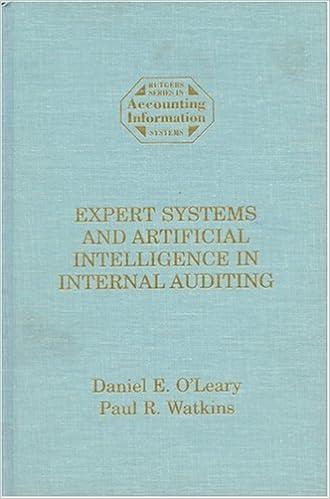please answer the 3 parts of the question

The records of Scorpio.com reflected the following balances in the stockhoiders' equity accounts at December 31, 2021: Common stock, par \$12 per share, 49,500 shares outstanding. Preferred stock, 8 percent, par $18.50 per share, 7,810 shares outstanding. Retained earnings, $239,000. On January 1, 2022, the board of directors was considering the distribution of a $63,900 cash dividend. No dividend5 were paid during 2020 and 2021 . Required: 1. Determine the total and per-share amounts that would be paid to the common stockholders and to the prefeired stockholders under two independent assumptions: a. The preferred stock is noncumulative. b. The preferred stock is cumulative. 2. Why might the dividends per share of common stock be different for noncumulative preferred stock and cumulative preferred stock? Complete this question by entering your answers in the tabs below. Determine the total and per-share amounts that would be paid to the common stockholders and to the preferred stockhoiders assuming the preferred stock is noncumulative. (Round "Per Share" to 2 decimal places and rest to the nearest dollar amount:) The records of Scorpio.com reflected the following balances in the stockholders' equity accounts at December 31, 2021: Common stock, par $12 per share, 49,500 shares outstanding. Preferred stock, 8 percent, par $18,50 per share, 7,810 shares outstanding. Retained earnings, $239,000. On January 1,2022, the board of directors was considering the distribution of a $63,900 cash dividend. No dividends were paid during 2020 and 2021 . Required: 1. Determine the total and per-share amounts that would be paid to the common stockholders and to the prefeired stockholders under two independent assumptions: a. The preferred stock is noncumulative. b. The preferred stock is cumulative. 2. Why might the dividends per share of common stock be different for noncumulative preferred stock and cumulative preferred stock? Complete this question by entering your answers in the tabs below. Determine the total and per-share amounts that would be paid to the common stockholders and to the preferred stockholders assuming the preferred stock is cumulative, (Do not round intermediate instructions. Round "Per Share" to 2 decimal places and rest to the nearest dollar amount.) The records of Scorpio.com reflected the following balances in the stockholders' equity accounts at December 31, 2021: Common stock, par $12 per share, 49,500 shares outstanding. referred stock, 8 percent, par $18.50 per share, 7,810 shares outstanding. Retained earnings, $239,000. On January 1, 2022, the board of directors was considering the distribution of a $63,900 cash dividend. No dividends were paid Juring 2020 and 2021. Required: 1. Determine the total and per-share amounts that would be paid to the common stockholders and to the preferred stockholders under two independent assumptions: a. The preferred stock is noncumulative. b. The preferred stock is cumulative. 2. Why might the dividends per share of common stock be different for noncumulative preferred stock and cumulative preferred stock? Complete this question by entering your answers in the tabs below. Why might the dividends per share of common stock be different for noncumulative preferred stock and cumulative preferred stock










